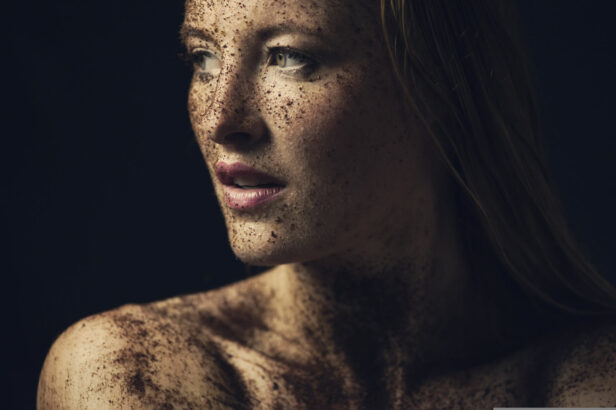A boil is a collection of pus that forms inside your body as a result of an infection. A cyst, on the other hand, is fluid filled sac that forms on the surface of your skin due to an infection.
A boil is a common ailment that results in redness, swelling, and pain. Due to its obvious location on the body, a boil can be very difficult to treat. Boils usually heal on their own, but persistent or recurrent boils can lead to scarring and even chronic infections. Cysts are different from boils in several ways.
Here’s everything you need to know about the difference between a boil and a cyst!
What is the Difference Between a Boil and a Cyst?
The main difference between boils and cysts is the cause. Boils are more common and tend to be caused by bacteria, while cysts are more likely to be caused by viruses. The two conditions can also have different stages of development. A boil may first look like a small red bump, and then spread to form a larger brownish lump. A cyst, on the other hand, will typically appear as a firm, roundish object in your skin.
Boil – A boil forms when an infection builds up on the skin.
A boil is caused by bacteria and forms when the bacteria build up too much pressure in your body. This pressure can form pockets inside your skin, which are called boil spots. Boils usually heal on their own, but persistent or recurrent boils can lead to scarring and even chronic infections. Cysts are different from boils in several ways. They are usually more persistent, spread more quickly, and leave behind a thicker scar. This is why cysts usually need to be biopsied in order to find out what is causing them.
Cyst – A cyst forms when an infection causes fluid to build up inside your body.
A cyst is caused by infection and forms when the infection gets out of hand. It can take the form of a soft, whiteish liquid, or a hard, colorful, glue-like mass. The liquid may ooze out of the center of your body or be localized on the surface of your skin.
How to tell the difference between a boil and a cyst
There are a few ways to tell the difference between a boil and a cyst. The easiest way is to look at the cause of the boil. If the main source of the boil is bacteria, you will likely experience a boil only if you are exposed to the bacteria. The same goes for a cyst. If the cyst is the result of an infection, then the main infection source will be your skin. If you are unsure which type of lesion you have, ask a skin care professional.
What causes boils and cysts?
Boil spots develop when bacteria build up resistance to the products you use on your skin. A combination of factors can cause acne, pimples, or papilae. Some of the main culprits behind acne, pimples, and papilae are:
- Hormonal changes caused by changing times, seasons, and weather
- Uneven skin texture caused by diet, exercise, and other factors
- Poor skin care practices such as over-washing, wearing masks, wearing creams, and using substances such as alcohol, benzyl benzoate (BZA), and salicylic acid (BHA)
- Lack of sleep, stress, and anxiety
- Chemical irritants such as extreme heat, cold, or moisture from the environment
- The products you use on your skin can also cause acne, pimples, and papilae. These include cleansers, tonics, moisturizers, and other extracts from plants, spices, and nuts.
Tried and tested methods to treat boils and cysts
Many therapies claim to treat boils and cysts. These therapies are often over-the-counter (OTC) medications, creams, and oils. Many of these medications are available in pill form and can be purchased at any pharmacy. However, some of these medications are only available by prescription and should be discussed with a doctor before use.
Many herbal therapies have also been used for centuries to treat various skin conditions. Unfortunately, many herbal products and natural remedies are too expensive for most people to use regularly. Therefore, when it comes to treating boils and cysts, you can’t go too wrong by following the advice of various popular OTC medications.
